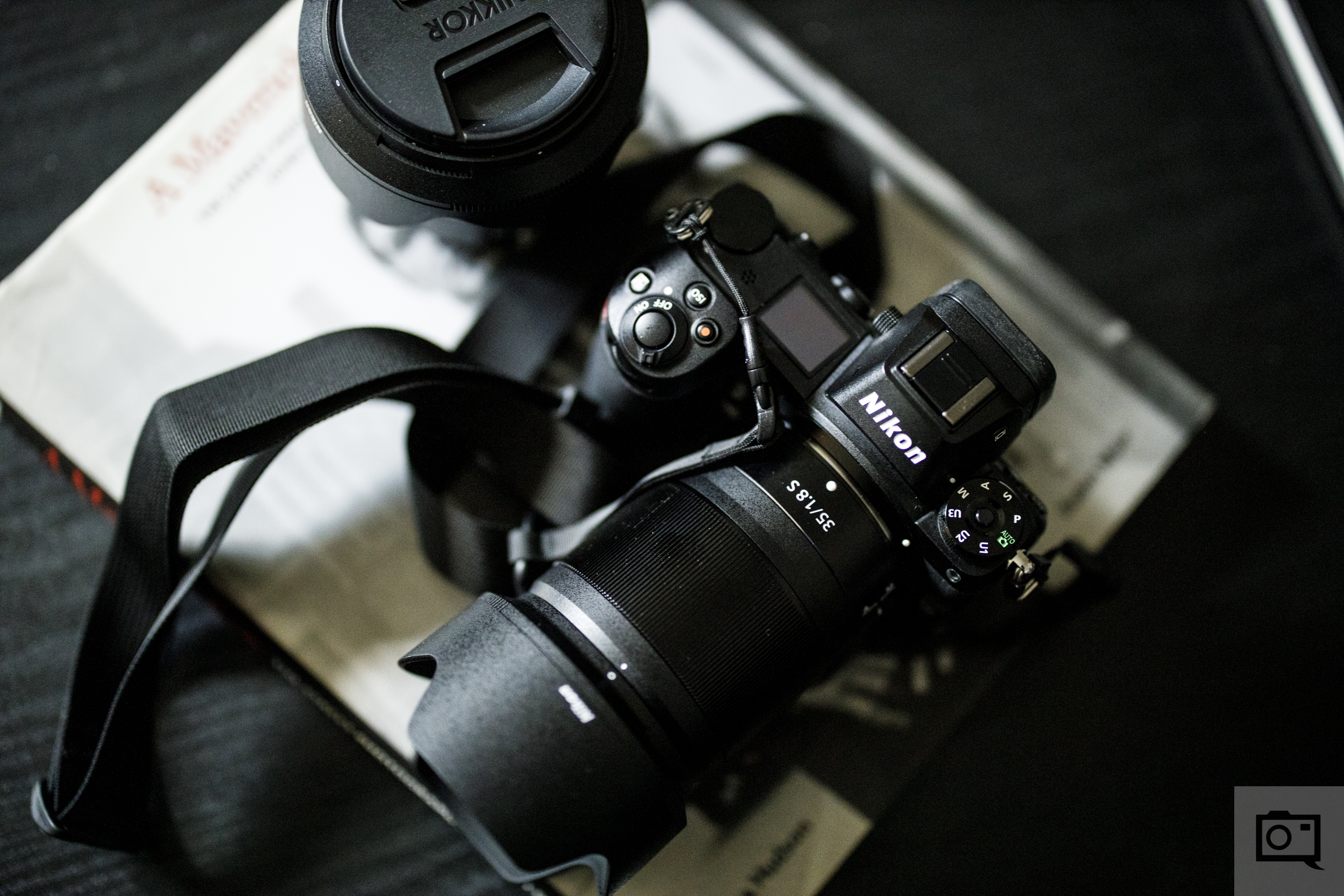Last Updated on 09/26/2019 by Mark Beckenbach
The Nikon z7 just wasn’t ready for the market at launch, but it’s been profoundly improved.
When the Nikon z7 was launched, it perplexed a lot of journalists. It didn’t feel like it was ready for the market. There are a lot of odd things about the Nikon z7 and the rest of the Z series, but the company has worked to make it more usable and better overall. These improvements mostly in the form of firmware updates. However, Nikon did it right by launching some of their best and most essential lenses first. Photographers who like the Nikon way of doing things will be attracted to the z7: they do a lot of little things differently than the entire rest of the industry. Further, their system is available at a very steep discount as of the publishing of this story.
I have to admit a few personal biases before getting deeper into this story. I started the serious part of my photography journey with an Olympus DSLR. Then, I moved to Canon and started the Phoblographer with the 5D Mk II in my hand 10 years ago. For many years, Nikon was one of the most challenging companies for my site to work with. We’d never get pre-announced NDA material for news coverage, and so we just had to adapt. But that’s changed. That lack of communication previously helped set a lot of ways. It’s part of the reason why we tend to review one manufacturer’s gear more than another–communication and availability. Sometimes it’s just difficult for us. To that end, I’ve mastered the Nikon system as well as most other photographers. But every time I pick a Nikon up, I need to rewire my brain to learn how to use it again. I’m not that way with Sony, Canon, Fujifilm, Panasonic, or Olympus. And a Leica? I’ll never forget how to use a Leica.
With all of this said, I’ve personally been harder on Nikon gear for years. I admit where they’re strong, but I also think the company sometimes seems a bit full of itself and doen’t want to change its ways. In the past few years, it looks like Nikon has finally been feeling that in the form of dollar signs. The Key Mission 360 and several point and shoot cameras were just not good ideas. And, like most of the industry, I think they were too late to get into the mirrorless world with any sort of seriousness. I see the Nikon z7 and their effort to improve it as their way of saying, “Well, we see where we went wrong and we’re trying to fix that.” I like that. I’ve admittedly been spoiled by the likes of Fujifilm, who asks you to buy a camera and at the end of its two-year-long life cycle basically gives you a new camera via firmware updates.
I think it’s essential that Nikon is trying now. But personally, I still don’t feel they’re working hard enough. Some of their lenses are different, but they’re not doing anything to differentiate themselves from the rest of the products out there. Well, that’s not entirely true: they are. But those differentiations are more annoyances.
Before the Firmware Updates
Before the Nikon z7 firmware updates came, the camera felt like a beta sample. The autofocus was strange in combination with a lot of other weird oddities. For example, it was the first ILC meant for stills to just use XQD card slots. Further, it had a single slot. Then, even with the new system, Nikon chose to keep doing little things the same way, such as the way the lens turns on the mount. Another was the way their info and image magnification functions work. It was just odd in many ways.
After the Firmware Updates
The firmware updates really fixed things. An aspect about Nikon that I always felt was odd is their approach to colors. Often, you’ll really need to work with the images in post. But ever since the firmware updates, I don’t seem to have that issue anymore. Specifically, I’m talking about instances where I manually set the kelvin temperature or use full auto. It’s almost like Nikon decided to change things here. Now, I feel that Nikon’s colors are super vibrant and stand apart from Canon, Sony, and the rest. But this wasn’t even the most significant problem–I’m just a photographer who likes as little post-production as possible. Now, that’s possible. But again, this wasn’t the biggest problem.
Nikon’s most significant issue with the Nikon z7 was the autofocus. After firmware updates, the autofocus has improved, however, it’s still not on par with Fujifilm, Canon, and it’s nowhere near Sony. It’s better than Panasonic’s S1R though for sure. With the Nikon z7, you need to still place your AF point over a high contrast area. It will still hunt a bit in low light, but the accuracy and the speed have been greatly improved. This improvement is best witnessed when using a specified focusing point. Where it all breaks apart is when shooting in low light with face detection. While the Nikon z7 will detect a face, it will often focus on the ears instead of the eyes. And it’s very apparent. This is annoying for sure.
Combined with Their Great Lenses
Another way that Nikon has improved the Nikon z7 is by giving us a whole lot of great lenses. Best of all, nothing is abnormally huge. All of their f1.8 prime lenses are nice and small. They’re also weather sealed. The biggest lens I’ve used so far is their 24-70mm f2.8, but even that isn’t too massive to work with. This is very admirable. While Canon and Panasonic still think that the world wants the size and weight of DSLRs, Nikon’s lenses are small and well built. Again though, they’re not very innovative in comparison.
But It’s Still Not Perfect!
The Nikon z7 and the entire Z system has a lot going for it. But at the same time, a lot is holding it back. The choice to go XQD card only, while also not allowing a photographer to directly connect their camera to a computer, is a wrong decision. This means that you need to bring a card reader with you at all times, unless you install their software or port the images to a device via Wifi. That could take a long time. Then, there are other oddities like the rating system. I typically like going through pictures and adding a star to my favorites. This way, I know what to look for immediately on import.
Further, I think that there is a need for an even more serious Z series camera along the style of the D850. The current Z system feels and seems like the D600 lineup and therefore a bit more amateur. But I want to see a serious Z camera. This doesn’t seem like it yet. Hopefully, things will change.








